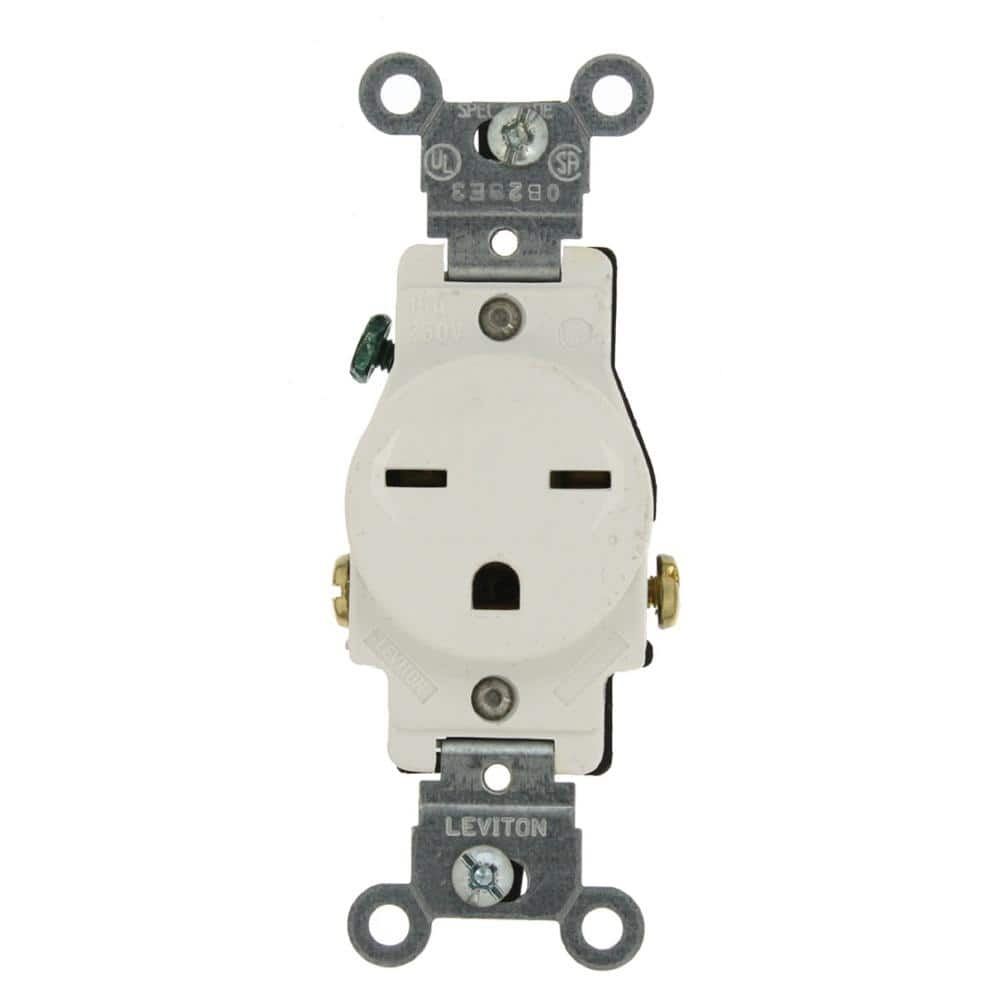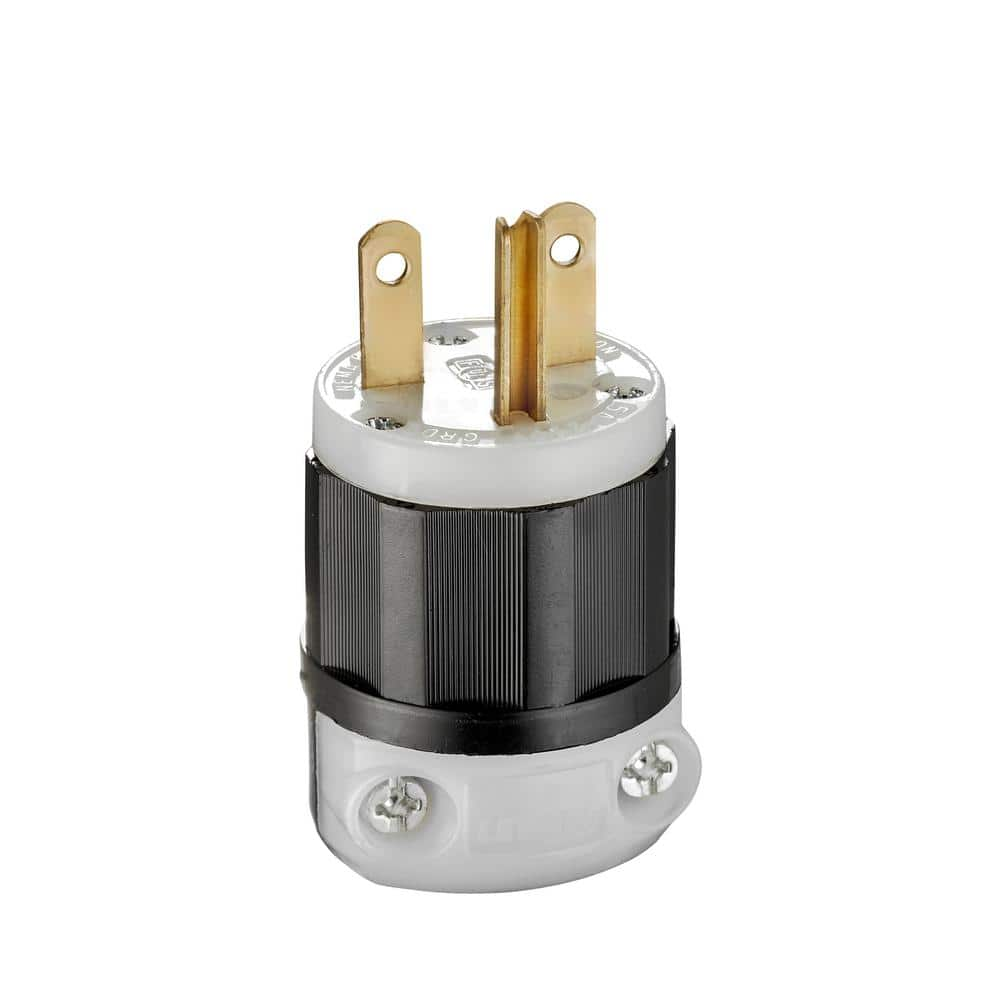I ran one for a few years.. Yes I had to change the outlet for it.. But I had a extra 220 outlet to change the outlet to match.. Worked well..
Upvote 0
I spent most of my career in high end residential eletrical work, I got out just in time to avoid the code madness!Actually, they need to be on a AFCI/GFCI breakers. The residential end has fell off the wagon this past 2 code cycles. I'm glad I do commercial and industrial.
Code has drastically changed over the years. Brush up.My code book is several generations old but the need for GFCI was by the area of the house, not any characteristic of the load. The garage and bathroom and outside outlets get GFCI. Maybe things have changed.
My YH does not pull more than 15A running. It probably does at startup. It is on a 20A circuit but it not nearly the only thing on that circuit. In addition, I started and ran it on a large Milwaukee power supply that only supplies 15A. It normally is plugged into a power strip with a 15A breaker on it. It has never tripped. It's a pretty decent sized load but not as big as other things I run at 120V (like my SawStop and my MIG welder). The power strip also has the water pump and a little 8 inch fan and small 120V fans for the radiator on it, all going through the 15A breaker. The extra loads are all quite small but substantiate that the running current is under 15A.
I think that people enamored with 220V service don't really understand electricity very well. 220V is just line to line instead of line to ground. It's still a single phase motor. The current is half as high but that is the only real difference. If you need more than 20A at 120V then you use 220V. If your load is less, and the YH is well under 20A, then you use 120V.
Attachment cords are usually undersized being they are under 6' in length. Your compressor should draw, 7.5A @ 240V. I would make sure the supply breaker is a 2 - pole 15A. How long is the cord? You could also source another heavier cord that has the same female end. It looks like a computer monitor cord.Is 18 gauge wireing, large enough, for a 220 device?


The Yong Heng included cord is about 5' in length, and the female end is labled as 250 Volt, and 10 A, while the cord itself is labled as 18 AWG and 300 V.Attachment cords are usually undersized being they are under 6' in length. Your compressor should draw, 7.5A @ 240V. I would make sure the supply breaker is a 2 - pole 15A. How long is the cord? You could also source another heavier cord that has the same female end. It looks like a computer monitor cord.